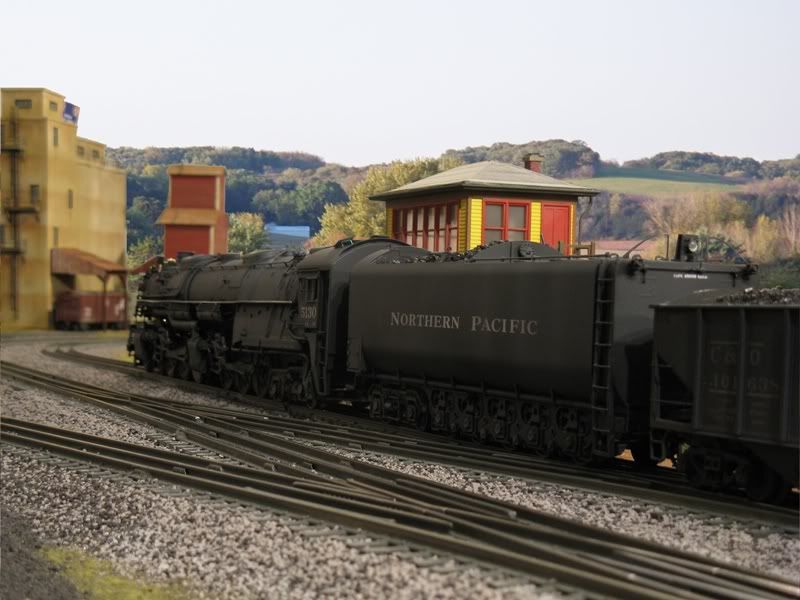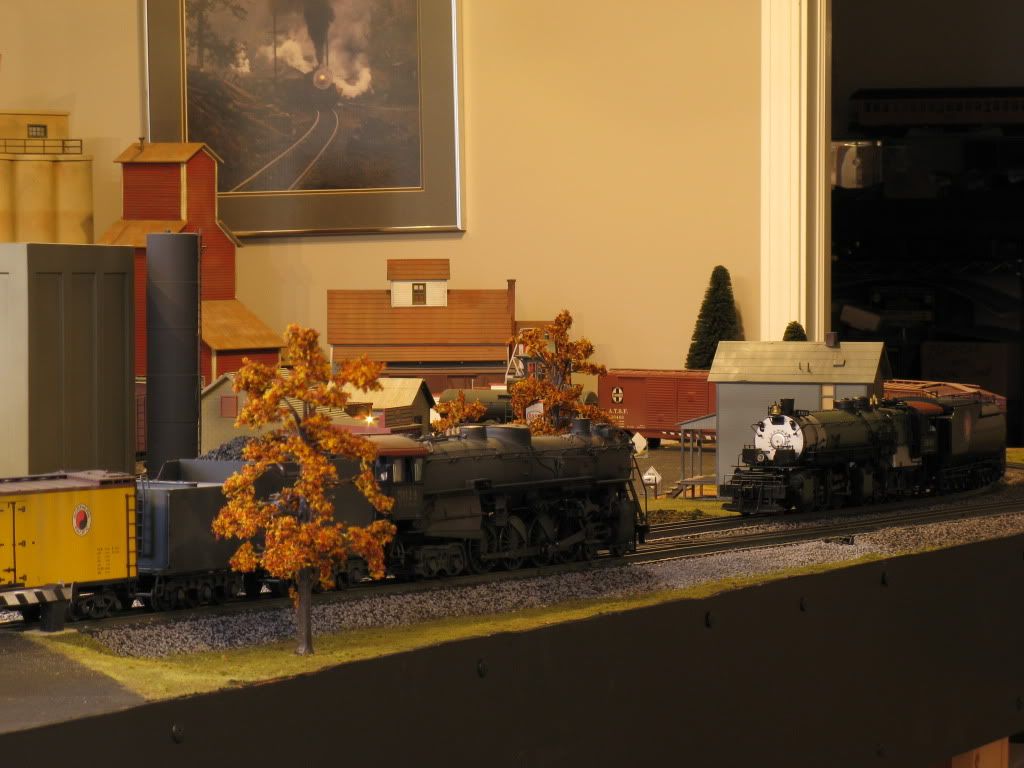I am intrigued with the water base contact cement idea. There is a fairly new process for covering aircraft that involves a green water based glue, and I have found it to be about ten times stronger than the stuff we used to use, which was very close to model airplane cement, or Duco. The new stuff costs fifty bucks a quart, because it is approved by the FAA.
i think this sort of contact cement would be great - I have used it in place of Pliobond for model train glue joints, and it seems stronger than the newer version of Pliobond (Walthers Goo, only cheaper).
I strive for isolating noise, and nails or staples would seem to allow noise transmission. I am not sure I believe that Matte Medium is quieter than white glue, but I have used the matte medium for ballast and was quite happy. Loose ballast always worries me.
As an old dude, I have been resisting the water base revolution, especially because it is so incredibly expensive. But it is apparently quite good! A repair on my convertible Mustang was done in water base paint, and it is spectacular!








